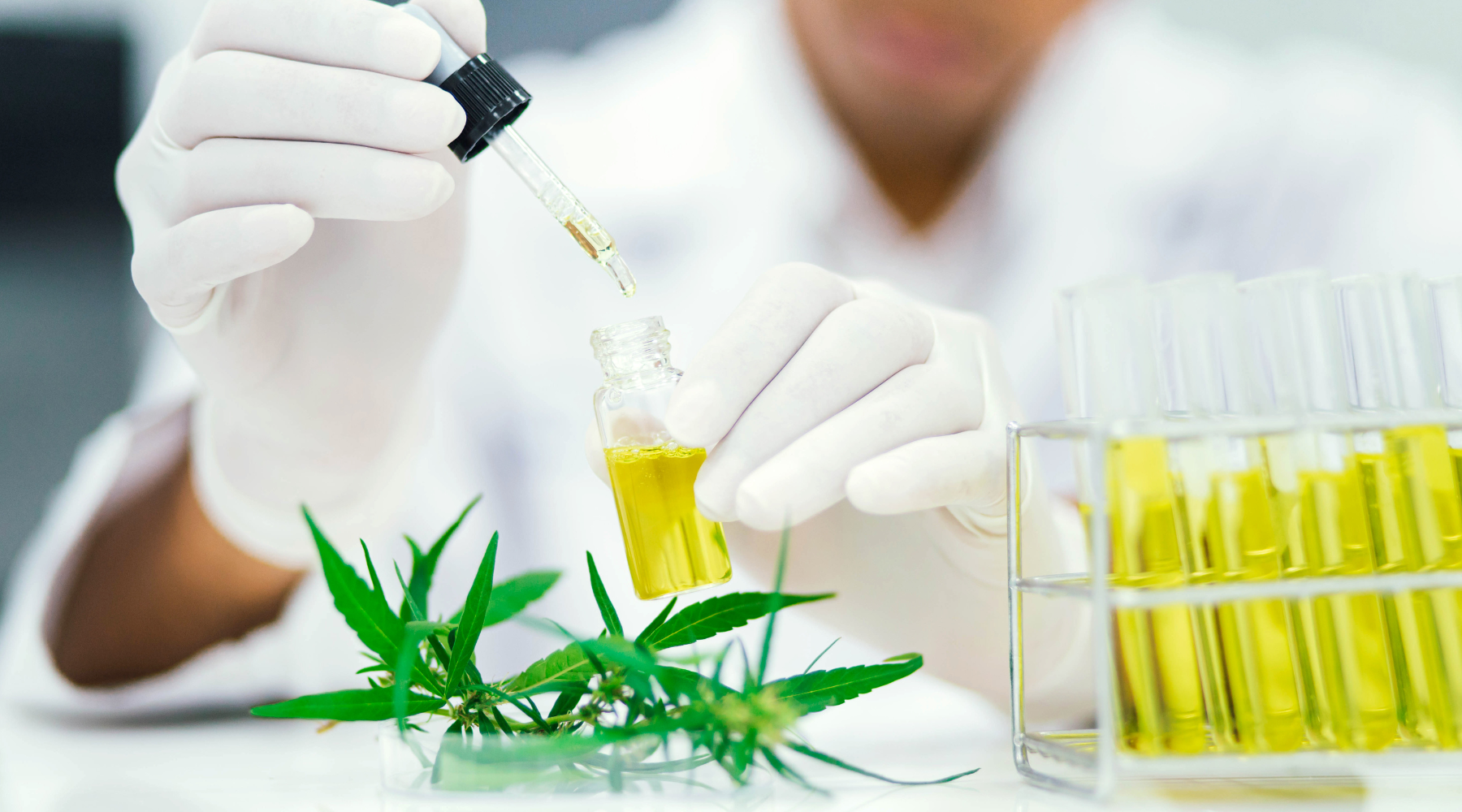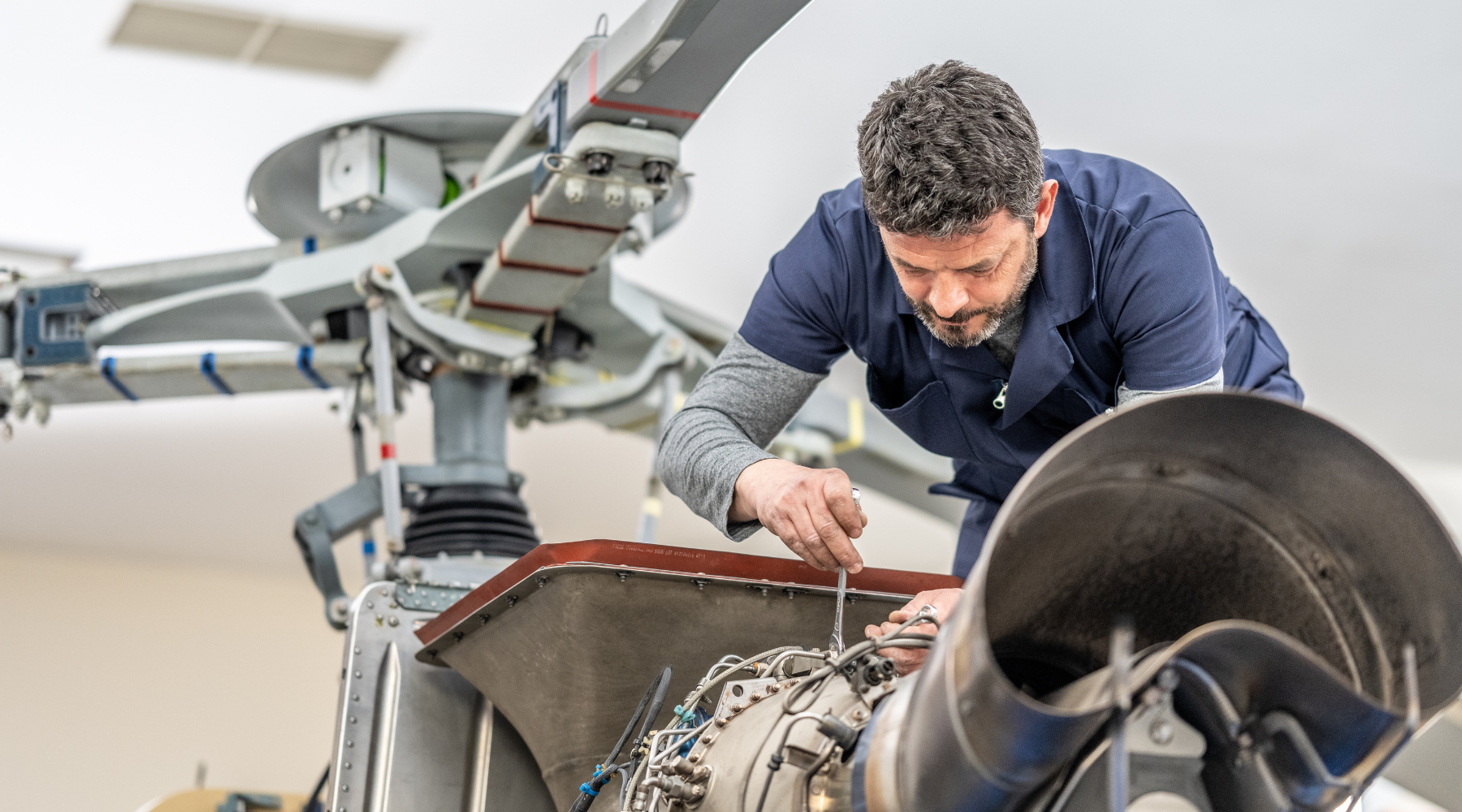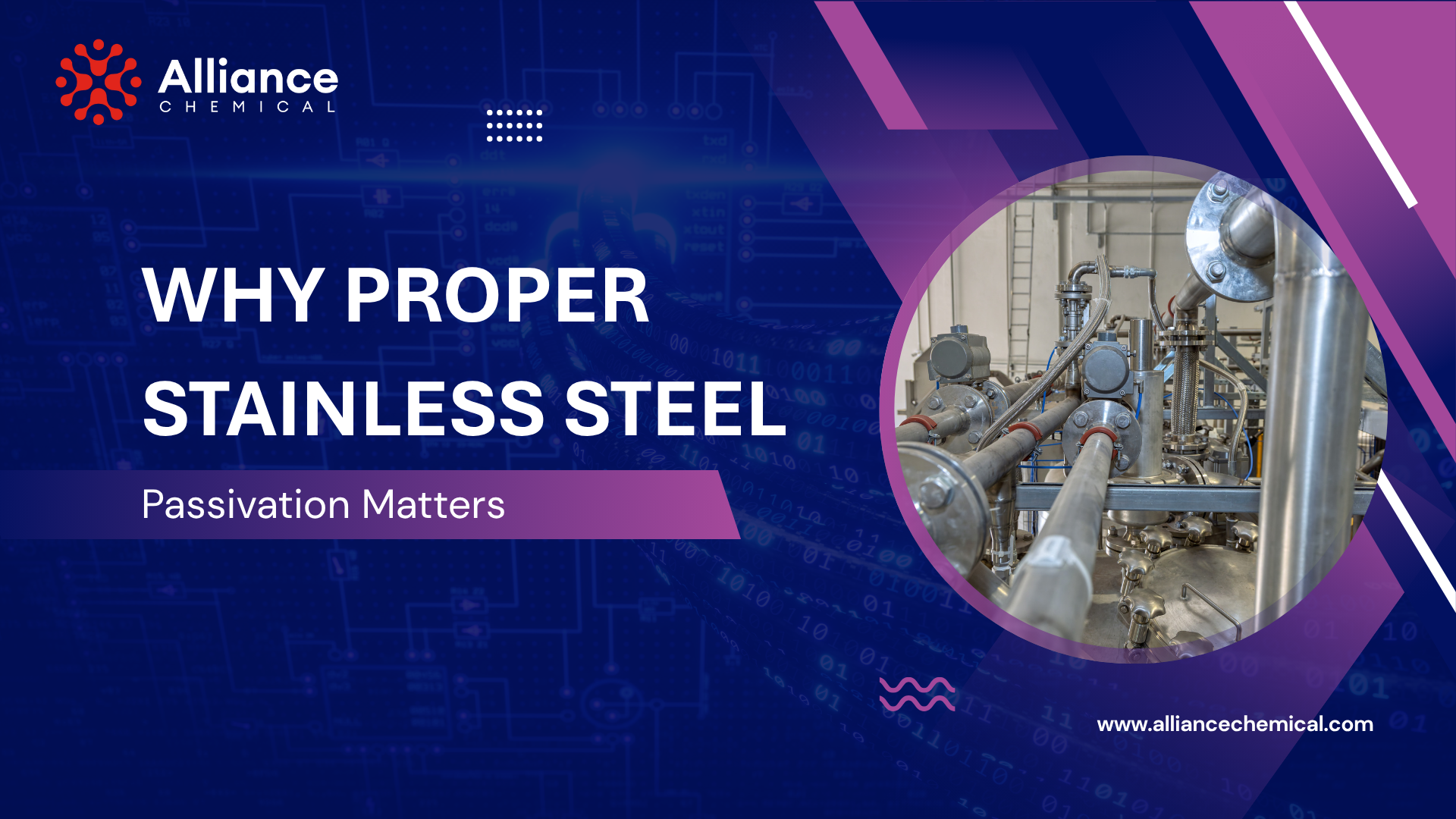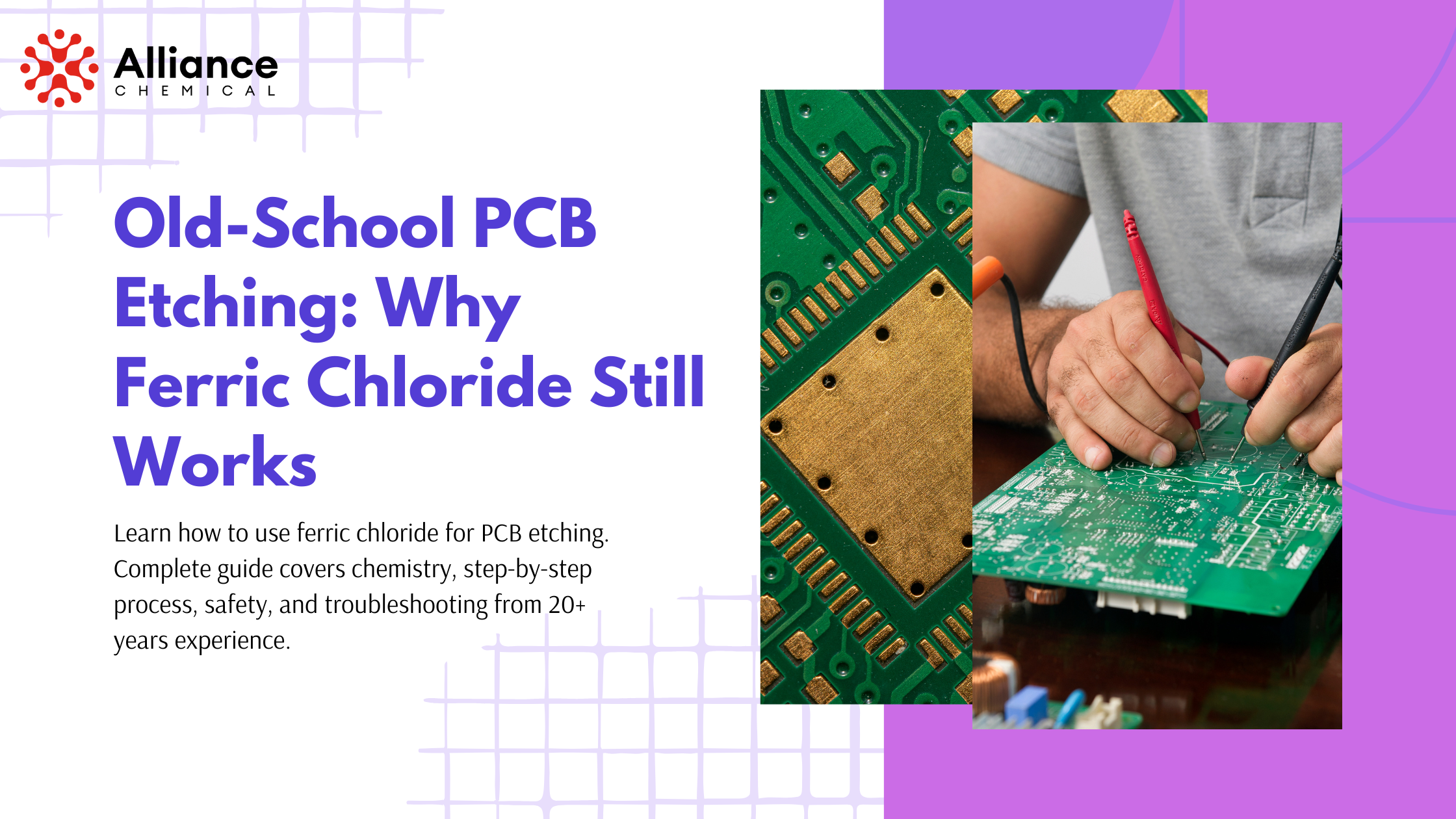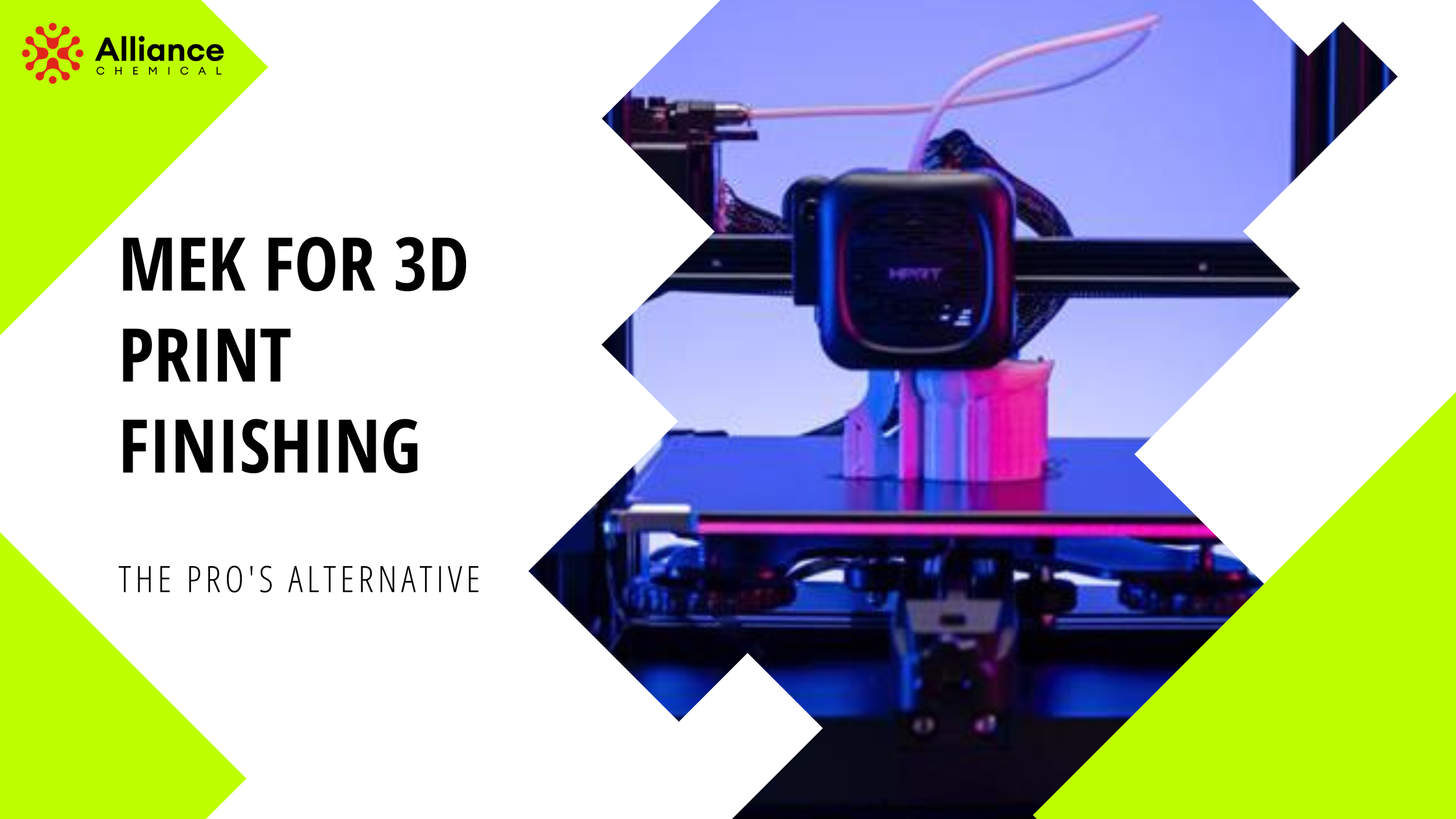
MEK for 3D Print Finishing: The Pro's Alternative?
Table of Contents
Summary
💡 Frequently Asked Questions
Find quick answers to common questions about mek for 3d print finishing: the pro's alternative?.
Tired of layer lines? Explore how Methyl Ethyl Ketone (MEK), a powerful solvent, can be carefully used for smoothing and finishing certain 3D prints when Acetone isn't enough. Safety is paramount!
Taking Your FDM 3D Prints to the Next Level
Fused Deposition Modeling (FDM) 3D printing has revolutionized prototyping, hobbyist creation, and even small-scale manufacturing. But often, the finished print straight off the build plate isn't quite... finished. Visible layer lines, a slightly rough texture, and reduced strength along layer boundaries are common limitations inherent to the FDM process.

While sanding is an option, chemical smoothing offers a way to achieve a glossy, injection-molded look and potentially improve part strength. Acetone vapor smoothing is widely known for ABS prints, but what if you're trying to smooth ABS without acetone, working with ASA, or need something with a bit more 'kick'? Enter Methyl Ethyl Ketone (MEK), a potent industrial solvent also known as Butanone. While not as commonly discussed in beginner forums, MEK offers possibilities for finishing certain FDM plastics – but it demands significantly more caution and respect than Acetone.
This guide explores the potential of using MEK for 3D print finishing, focusing on direct application techniques and emphasizing the critical safety precautions required. This is an advanced technique – proceed with extreme caution and always test first!
Goal: Smooth & Strong Prints
Chemical smoothing works by slightly dissolving the outer surface of the plastic filament layers, allowing them to flow together and re-solidify, hiding layer lines and potentially improving layer adhesion for a better finish.
Why Bother Smoothing FDM 3D Prints?

Beyond just looks, finishing the prints coming off your FDM machine offers several advantages:
Improved Aesthetics
Eliminates visible layer lines for a smooth, glossy, professional appearance closer to injection-molded parts.
Enhanced Strength
By partially melting and fusing the outer layers, smoothing can improve interlayer adhesion, potentially increasing the overall strength and durability of the part, especially against splitting along layers.
Watertightness
Smoothing can help seal the tiny gaps between layers, making prints more suitable for applications requiring water or air tightness.
Easier Painting/Post-Processing
A smoother surface provides a better base for painting, priming, or applying other coatings, requiring less prep work like sanding and filling.
What is MEK (Methyl Ethyl Ketone)?
MEK (Methyl Ethyl Ketone) is a powerful organic solvent commonly used in industrial settings for dissolving resins, gums, cellulose acetate, and nitrocellulose. It's found in paints, varnishes, adhesives, and cleaning agents. You might know it from our article about its surprising use as a permanent glue for LEGOs (ABS plastic), illustrating its effectiveness in MEK solvent welding for certain plastics.
Compared to Acetone, MEK is generally considered a stronger or more aggressive solvent for many plastics. It also evaporates slightly slower than Acetone, which can be beneficial or detrimental depending on the application technique. Understanding the MEK vs Acetone for finishing differences is key.
- Chemical Formula: C₄H₈O
- Appearance: Clear, colorless liquid
- Odor: Sharp, sweetish odor (similar to Acetone but often considered harsher)
- Key Property: Excellent solvency for a range of plastics and resins.
- Availability: Alliance Chemical offers Technical Grade MEK and ACS Grade MEK. For this application, Technical grade is likely sufficient, but ensure it's reasonably pure.
MEK vs. Acetone at a Glance
| Feature | MEK (Methyl Ethyl Ketone) | Acetone |
|---|---|---|
| Solvency Power | Stronger / More Aggressive | Moderate |
| Evaporation Rate | Slower | Faster |
| Primary FDM Use | ABS, ASA (Experimental others) | ABS, ASA |
| Key Hazards | Highly Flammable, Toxic Vapor (Higher Concern) | Highly Flammable, Vapor |
| Handling Safety Level | Advanced - High Caution Required | Intermediate Caution Required |
Why Consider MEK over Acetone?
MEK might be an option if:
- Acetone isn't effectively smoothing your specific filament (e.g., some ABS/ASA blends).
- You need a slightly slower evaporation rate for controlled application (like brushing).
- You are experimenting (EXTREMELY CAREFULLY!) with plastics that Acetone doesn't affect (See Plastic Compatibility section).
However, its increased strength means a higher risk of damaging your print if not used correctly.
How to Use MEK for Smoothing (Direct Application Method - Use Extreme Caution!)
Disclaimer: This guide describes a potential *direct application* method. Vapor smoothing with MEK carries significantly higher risks due to flammability and inhalation hazards and is **not recommended** without professional-grade equipment and knowledge. Direct application offers more control but still requires meticulous safety measures.
ALWAYS test on a failed print or inconspicuous area first! MEK can quickly dissolve or deform plastic.
Materials Needed:
- Methyl Ethyl Ketone (MEK)
- Appropriate Chemical-Resistant Gloves: Nitrile gloves offer poor protection against MEK. Use thicker Butyl rubber, Viton®, or specific multi-layer laminate gloves. Check glove manufacturer's chemical resistance chart! Standard latex or thin nitrile WILL NOT suffice.
- Respirator: An air-purifying respirator (APR) with Organic Vapor (OV) cartridges is essential. A simple dust mask is useless. Ensure a proper fit.
- Safety Glasses or Goggles: Chemical splash goggles are recommended.
- Excellent Ventilation: Work outdoors or in a fume hood specifically rated for flammable solvents (check MEK fume hood requirements). Do NOT work indoors without professional ventilation.
- Small Glass or Metal Container: To hold a *small* amount of MEK. Do not use plastic containers MEK might dissolve.
- Natural Bristle Brush: Synthetic bristles may dissolve. Choose a size appropriate for your part.
- Test Prints: Failed prints of the *exact same material* you want to smooth.
- Your Final 3D Print.
- Paper Towels (for potential cleanup, treat as hazardous waste after use).

Step-by-Step (Proceed with Utmost Care):
- Prepare Your Workspace: Ensure maximum ventilation (outdoors preferred, or fume hood). Eliminate ALL ignition sources (flames, sparks, static electricity, hot surfaces). MEK is highly flammable.
- Put on PPE: Wear your selected chemical resistant gloves for MEK, respirator (fit-tested), and eye protection.
- Pour MEK: Pour a very small amount of MEK into your glass/metal container. You need less than you think. Keep the main MEK container sealed.
- TEST FIRST: Dip the very tip of your brush into the MEK, dab off excess. Lightly brush a small, hidden area or a test print. Observe *immediately*. Does it get sticky? Glossy? Or does it start to melt uncontrollably? Note how quickly it acts.
- Apply LIGHTLY to Final Print: If the test was promising, use *very light, quick strokes* on your final print. Apply a thin, even coat. Do NOT let it pool. The goal is to wet the surface just enough to soften it, not dissolve it.
- Allow to Dry Completely: Let the print sit in the well-ventilated area until the MEK has fully evaporated and the surface is no longer tacky (this may take minutes to hours depending on application and environment). The plastic needs to re-harden.
- Evaluate & Repeat (If Necessary): Assess the smoothness. If needed, you can apply another *very light* coat after the previous one is fully dry. Multiple light coats are safer than one heavy coat.
- Clean Up & Disposal: Allow the brush and container to air dry completely in the ventilated area. Treat any MEK-contaminated paper towels or materials as hazardous waste according to local regulations. Seal your main MEK container tightly.
SAFETY FIRST! Working with MEK Demands Respect!
MEK is a serious chemical, not a toy. Ignoring safety protocols can lead to fire, significant health problems, or damaged property. Treat it with substantially more caution than you would Acetone. Referencing a detailed MEK safe handling guide or the official SDS is crucial.
CRITICAL MEK SAFETY WARNINGS
- Highly Flammable: Keep away from ALL ignition sources (sparks, static, flames, hot surfaces). Use in areas with no potential for sparks. Ensure proper grounding if transferring larger quantities (less relevant for small application amounts, but be aware).
- Inhalation Hazard: MEK vapors can irritate the respiratory tract, eyes, and skin. High concentrations can cause dizziness, headache, nausea, and nervous system effects. Mandatory: Work outdoors or in a certified fume hood. Wear an Organic Vapor respirator.
- Skin/Eye Irritant: Avoid contact with skin and eyes. MEK can defat the skin, leading to dryness and cracking. Can cause serious eye irritation. Mandatory: Wear appropriate chemical-resistant gloves (Butyl/Viton®/Laminate) and splash goggles.
- Read the SDS: This cannot be stressed enough. Always consult the MEK Safety Data Sheet (SDS) before use for detailed hazard information, PPE recommendations, first aid, and disposal guidelines. It is your primary source for safety information.
- Storage: Store in a cool, dry, well-ventilated area in a tightly sealed, properly labeled container, away from incompatible materials (oxidizers) and ignition sources. Follow guidelines similar to our Chemical Storage Guide.
- Disposal: MEK and MEK-contaminated materials are typically considered hazardous waste. Dispose of according to local, state, and federal regulations. Do NOT pour down the drain.
Plastic Compatibility: The Million-Dollar Question for FDM Filaments
This is where using MEK gets tricky and requires careful experimentation with FDM filaments. Unlike Acetone which primarily works well only on ABS and ASA, MEK's stronger solvency means it *might* affect other plastics, but often too aggressively.
- ABS/ASA: MEK generally works well on ABS and ASA filaments, potentially faster or more aggressively than Acetone. It can be very effective for solvent welding or smoothing these materials, as seen with LEGO bricks (MEK & ABS). Use light applications. It's often the best solvent for ASA filament finishing.
- HIPS (High Impact Polystyrene): MEK can dissolve HIPS filament. It might be usable for smoothing, but D-Limonene is the standard solvent for dissolving HIPS supports and is generally safer to handle. Careful testing needed.
- PETG: Reports are mixed for PETG filament. Some find MEK makes PETG gummy or weakens it significantly. Others report *very* light application might slightly reduce layer lines but can easily cause clouding or damage. **Extreme caution and testing required. High risk of ruining the print.**
- PLA: Generally considered **resistant** to MEK, especially compared to Acetone/ABS. MEK is unlikely to effectively smooth standard PLA filament. It might cause surface crazing or weakening with prolonged exposure. **Not recommended for smoothing PLA.**
- Others (Nylon, TPU, Polycarbonate, etc.): MEK is generally **not effective or recommended** for smoothing these common FDM filaments. They often require different solvents (if any work) or finishing techniques.
TEST, TEST, TEST!
Never assume MEK will work on your specific filament brand or type. **Always test on scrap pieces first.** Start with the lightest possible application. Assume it might destroy your print, especially if it's not ABS or ASA.
Frequently Asked Questions (FAQ) about MEK for 3D Prints
Can I use MEK to smooth PLA filament?
No, MEK is generally not effective for smoothing standard PLA filament. PLA is quite resistant to MEK, and attempting to use it will likely result in minimal smoothing, potential surface damage (crazing), or weakening, rather than the desired glossy finish achieved with ABS/ASA.
Is MEK vapor smoothing safe to do at home?
No. Vapor smoothing with MEK is significantly more hazardous than with Acetone due to its higher toxicity and flammability concerns associated with heating and vapor concentration. It requires professional-grade, explosion-proof ventilation (fume hood) and safety equipment. **We strongly advise against attempting MEK vapor smoothing outside of a controlled industrial or laboratory setting.** The direct application method described in this guide, while still requiring extreme caution, avoids intentional vapor concentration.
What are the best chemical resistant gloves for handling MEK?
Standard latex or thin nitrile gloves are **not sufficient** and offer very poor protection. Look specifically for gloves made from Butyl rubber, Viton®, or specialized multi-layer laminates (like Silver Shield®). Always check the glove manufacturer's chemical resistance chart specifically for Methyl Ethyl Ketone (or Butanone) to ensure adequate breakthrough time for your intended use.
How long does MEK take to dry on a 3D print?
Drying time varies depending on how much was applied, ambient temperature, humidity, and airflow. A very light coat might feel dry to the touch within minutes, but the plastic may take longer (even hours) to fully re-harden and regain its strength as residual solvent evaporates. Allow ample drying time in a well-ventilated area before handling or further processing.
What are the fume hood requirements for MEK?
If working indoors, a fume hood suitable for flammable organic solvents is necessary. It should have adequate face velocity (typically 80-120 feet per minute) and be constructed from materials compatible with MEK. If heating is involved (which is NOT recommended for smoothing), explosion-proof electrical components are mandatory. Working outdoors is often the safer alternative for brief, small-scale applications if a proper fume hood isn't available.
Where can I buy MEK safely?
You can purchase high-quality MEK from Alliance Chemical. Ensure you select the appropriate grade for your needs (Technical Grade is often sufficient for this application) and always review the provided Safety Data Sheet (SDS) before ordering and handling.
Conclusion: MEK - A Powerful Tool for the Cautious FDM Finisher
Methyl Ethyl Ketone (MEK) presents a potential option for finishing FDM 3D prints, particularly for ABS/ASA filaments or for those seeking a stronger solvent than Acetone. Its ability to effectively dissolve certain plastics can lead to beautifully smooth surfaces when applied with extreme care and precision, primarily using direct application techniques.
However, MEK is not a beginner-friendly chemical. Its flammability, inhalation risks, and aggressive solvency demand strict adherence to safety protocols, including proper ventilation, respirators, and appropriate gloves. Compatibility with FDM plastics other than ABS/ASA is highly variable and requires meticulous testing to avoid damaging or destroying prints.
If you're an experienced maker comfortable with handling hazardous chemicals safely and are willing to experiment cautiously, MEK could be a valuable addition to your 3D printing toolkit. Always prioritize safety, start small, test thoroughly, and treat this powerful solvent with the respect it requires.
Ready to Experiment Safely with MEK?
Ensure you have the right safety gear and high-quality chemicals. Alliance Chemical provides reliable MEK suitable for industrial and careful workshop use. Remember to consult the SDS and handle with care.
Shop MEK Now Ask an Expert